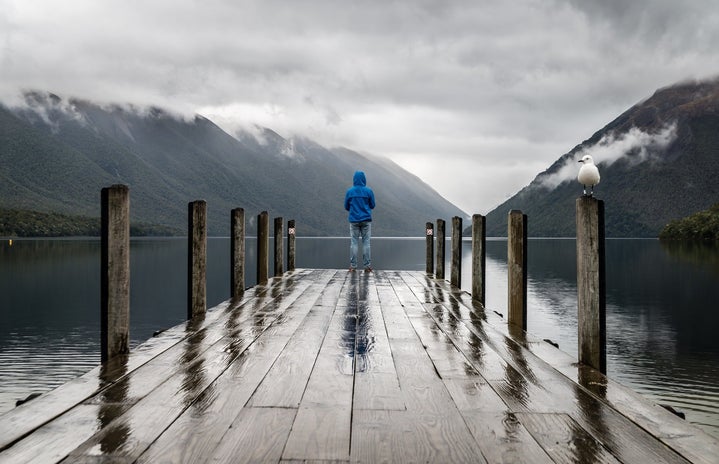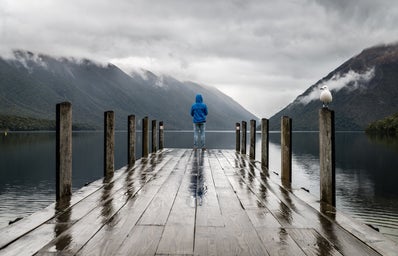Social Isolation – The term itself automatically redirects our train of thought towards the dreadful old days of being quarantined during the Covid Pandemic. Being deprived of social stimulation, major recreational activities and the normalcy of life itself, it was the worst of all situations-few would willingly want to experience it again. Now, imagine the situation being enforced, worse, with all the scrutiny of the law upon you. Now you’ve got an idea of one of the most extreme methods of rehabilitation and punishment in prisons, originating from the United States – solitary confinement.
Early models of the system had two variants: the Auburn model and the Pennsylvania model, with the former being the kinder one. In the first variant, prisoners were allowed to interact with each other while performing manual labour, but in complete silence (lest they wanted to be flogged). The Pennsylvania model, however, was particularly gruelling. Inmates spent nearly 23 hrs in their tiny cells, with even weekly visits to prison churches/schools being done within ‘isolation booths’. Worse, they were required to wear prison masks while out of the cell such as to prevent them from seeing others’ faces, which acted as the cherry on the top of their numbing sentences. The only form of contact and communication was with ‘moral agents’ (often in the form of the prison warden or governor), for a maximum of six minutes a day. Even this was reserved for the lucky few who were allotted the time. Owing to these conditions and more, it is no wonder that the Pennsylvania system was condemned and quickly abandoned.
But this is not to say the practice of solitary confinement was abandoned; it is still very much in place in several prisons today. A CIA manual even describes how it could be used to coerce subjects into revealing information during focused interrogations by exploiting “otherwise isolated detainee’s intense need for social contact and sensory input”. Willingly choosing to immerse oneself in such a situation seems unthinkable, yet, over the course of history, several cultures & sects have chosen to do so. Consider, for instance, the Carthusian Monks who willingly take vows of silence and rarely leave their “cells”, let alone the walls of their Monastery; opting instead to pray, fast and work within their enclosures. Being able to see their families only twice a year and receiving food through windows is reminiscent of prison wards and criminality, but these souls look on the practice as a source of spiritual strength. There also exist ‘vipassana’ or silent retreats in Buddhism, in which participants are encouraged not to speak but to rather meditate in silence and willingly live in tiny cement rooms with only the bare necessities of life. While less severe, this practice is equally daunting when compared to the normalcies of life. Indigenous groups in North America also promote “Vision Quests”, a coming of age ceremony often undertaken by members in their early teens. It involves leaving society with nothing but water and contemplating one’s soul while alone in the wilderness for days.
Clearly the human psyche is a very delicate thing as much it is a hypocrite—perception it seems, can tip the scales of cause-effect in either direction and result in either spiritual breakdown or growth, a fascinating phenomenon that points towards the complexities of perception and life itself.


